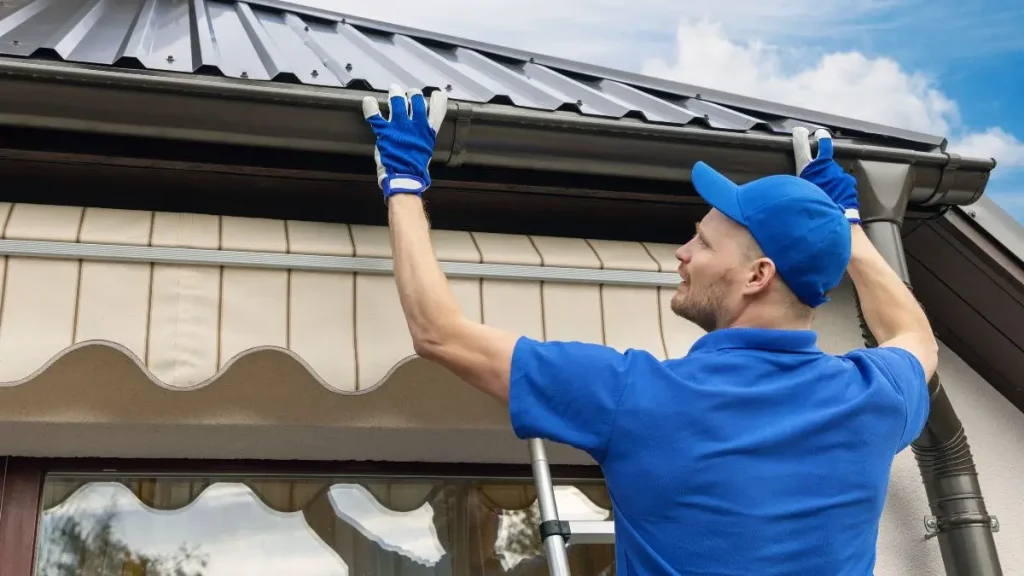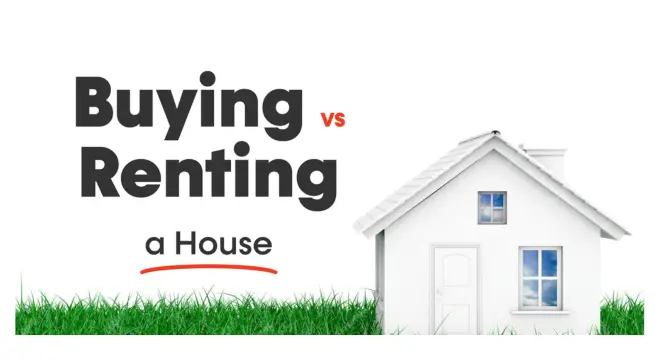Rental Property Damage: Who’s Responsible, Landlord or Renter?
When I first rented my apartment, I thought, “If something breaks, the landlord will just fix it, right?” Turns out, it’s not always that simple. Water from the unit above could gush through your ceiling, your heater might die right before a cold snap, or a pipe could burst unexpectedly.
In moments like these, knowing who is actually responsible for the damage isn’t just convenient—it can save you from unexpected bills, stressful disputes, and even legal headaches.
Let’s break down who pays for what, and how you can protect yourself before, during, and after your lease.
Understanding Property Damage in Rentals
When I first started renting, I realized that “damage” can mean very different things depending on who you ask. Some people think a few scuffs on the wall count as damage, while others see it as normal wear and tear. The distinction matters because it determines who pays for repairs—the landlord or you.
So, what actually counts as property damage? Typically, anything that leaves the unit in worse condition than when you moved in is considered damage. A broken window, a large stain on a new carpet, or a busted appliance due to negligence all fall into this category.
On the other hand, faded paint, minor scratches on hardwood, or slightly worn carpets are usually considered normal wear and tear—and that’s on the landlord to maintain.
The easiest way to avoid disputes? Your lease. I can’t stress this enough: a clear lease that spells out responsibilities for repairs, damages, and routine maintenance is your best protection. Before signing, read it carefully, ask questions, and make sure you understand which types of issues are your responsibility and which are the landlord’s.
By understanding the difference between damage and normal wear—and knowing where your lease draws the line—you’re setting yourself up to avoid surprise bills, disagreements, and stress down the line.
Before you even move in, understanding the rental application process and what to expect can save you headaches later. Check out our detailed guide on how the rental application process works for tips and insights.
Landlord Responsibilities for Repairs

When I rented my first apartment, I didn’t realize that landlords have a legal obligation to provide a habitable space. Simply put, your landlord has to make sure your home meets basic health and safety standards. That includes functioning plumbing, heat, hot water, structural integrity, and working locks.
If a pipe bursts or your heater dies in the middle of winter, it’s not just inconvenient—it’s the landlord’s responsibility to fix it.
Even things like broken doors, structural cracks, or failed appliances due to normal use fall under what a landlord is generally expected to maintain.
Knowing this early can save you from trying to fix things yourself—and getting stuck with a bill you shouldn’t pay.
Tenant Responsibilities
Of course, it’s not all on the landlord. As a tenant, you have both rights and responsibilities when it comes to keeping your rental in good shape. I quickly learned that staying on top of cleanliness and reporting issues promptly can make a huge difference.
Some of your responsibilities include:
- Maintaining the unit: Keep surfaces clean, prevent mold, manage trash, and maintain appliances.
- Preventing damage: Avoid doing anything that could worsen the property’s condition—this includes not removing fixtures, misusing rooms, violating pet policies, or blocking emergency exits.
- Reporting problems early: Don’t ignore leaks, cracks, or appliance failures. Even a small water leak can escalate into major damage if left unreported. Keeping a copy of your walkthrough checklist and photos can protect you from being unfairly charged at the end of your lease.
Determining Who Pays for Damage
Here’s where things get tricky: who actually pays for repairs depends on a few factors, and I’ve seen it cause more than a few arguments among tenants.
- Causation: Did you, a guest, pets, natural causes, or the landlord’s negligence cause the damage?
- Local laws: State and municipal rules can shift responsibilities, so it’s not the same everywhere.
- Lease terms: A thorough lease usually defines what counts as “damage” versus “normal wear and tear,” and that often settles responsibility.
Examples:
- You notice a water leak but don’t report it, and the ceiling collapses. The landlord may repair it, but you could be liable for damages caused by your delay.
- Mold in the bathroom from poor ventilation? If it’s not your fault and the landlord didn’t provide proper ventilation, it’s on them.
- Older carpet with minor stains is usually considered normal wear and tear, but a new carpet with a wine spill? That’s probably on you.
Doing a thorough walkthrough is crucial. For a complete step-by-step list, see our apartment move-in checklist to ensure you don’t miss a thing.
Protecting Yourself as a Tenant

Over time, I’ve learned that the best way to avoid surprises is to be proactive. Here’s how you can protect yourself:
- Document everything before moving in: Walk through the unit carefully, take photos or video, and note any existing damage. Store these records safely—they’re your defense if there’s a dispute later.
- Check your lease thoroughly: Make sure it clearly defines repair responsibilities, routine maintenance, and what counts as damage. Ask about insurance deductibles or additional liabilities.
- Consider renters insurance: Even if your landlord doesn’t require it, renters insurance protects your belongings, covers personal liability, and can help with temporary living costs if your unit becomes uninhabitable.
According to Zillow, tenants are expected to maintain cleanliness, report problems promptly, and avoid negligent damage—failure to do so could make you financially liable.
If you want quick tips and updates straight to your phone, there’s a handy WhatsApp channel that shares bite-sized rental advice every week.
Real-Life Examples of Damage Scenarios
Here are some real-world situations I’ve seen (or experienced myself) that illustrate how responsibility is determined:
- Water leak not reported: Tenant may be liable for additional damages caused by delay.
- Mold due to ventilation issues: Landlord is likely responsible if tenant followed proper use.
- Minor carpet wear: Usually normal wear and tear, landlord covers it.
- Spilled wine on new carpet: Clear tenant responsibility.
- Rat infestation reported immediately: Landlord covers eradication.
- Infestation from tenant neglect: Tenant could be held responsible.
These examples show why documentation, prompt reporting, and knowing your lease details are so crucial.
Key Takeaways: Who Pays for Rental Property Damage
After renting for a while, I’ve realized that avoiding disputes over property damage comes down to three things: knowing your rights, understanding your responsibilities, and documenting everything.
- Landlords: They are responsible for maintaining a habitable property. This includes structural safety, plumbing, heat, hot water, and general upkeep due to normal wear and tear.
- Tenants: You’re responsible for keeping the property clean, preventing negligent damage, and reporting issues promptly. Your security deposit usually covers damage beyond normal wear and tear.
- Lease and Local Laws: Your lease often defines the fine line between landlord and tenant responsibilities, and local laws can shift that balance. Always check both.
- Protection: Document move-in conditions, read your lease carefully, and consider renters insurance to cover belongings, personal liability, and temporary living costs.
At the end of the day, being proactive saves headaches and money. I’ve seen how small steps like taking walkthrough photos, reporting leaks immediately, and understanding your lease can prevent major disputes.
Have you ever faced a repair or damage dispute in a rental? How did you handle it? Share your experience—I’d love to hear what worked for you and what didn’t.
For more tips on renting, moving in, and protecting your home, visit our Real Estate & Homeownership section for in-depth guides.
Disclaimer: This article is for informational purposes only and does not constitute legal advice. Rental laws and lease agreements vary by location, so consult your lease, local regulations, or a qualified attorney for guidance. The author is not responsible for any actions taken based on this content.


